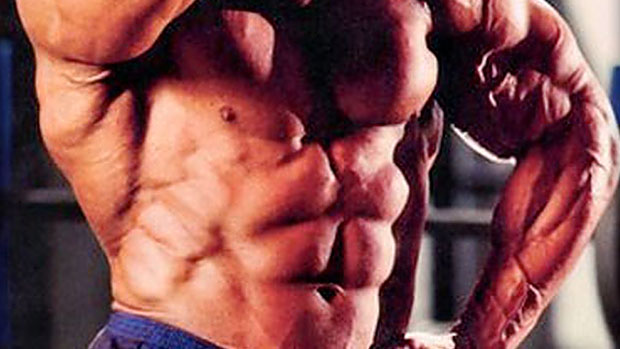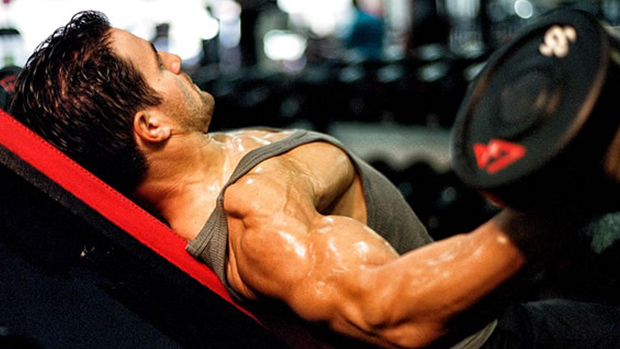Many dumbbell isolation exercises are limited by their resistance profile. Why? Because they don't match up with the muscle's strength curve. This is especially the case in flye patterns.
With a dumbbell flye, the resistance is heaviest in the bottom position. At this point your arm is a long way from the body. This long lever means a large degree of torque and muscular tension is required to move the dumbbells. With every degree you travel upwards, the lever arm is getting shorter and the exercise is getting easier. At the top of the lift, little (if any) tension is being placed through the pecs.
This is suboptimal given that the pecs are weak at the bottom of the lift, stronger in the mid-range, and then weaker again at the top. It means you're heavily challenged at the bottom of the lift, but get very little stimulus throughout the rest of the range.
To remedy this and get more from the dumbbell flye, call your training partner into action. Rather than scrolling Instagram or checking out the hot girl on the elliptical, he can do what he's there for and enhance your workout. On his set, you can repay the favor.
Do this by placing some manual resistance against him as he completes each rep. Let him do the first third of the movement, but then add some resistance with your hands throughout the rest of the lift.
Doing this means he'll get a full-range challenge on every rep. This makes the exercise far more efficient. Rather than having to combine dumbbell flyes, cable flyes, and the pec deck to fully challenge your chest in a flye movement pattern, you can do it in just one exercise.




